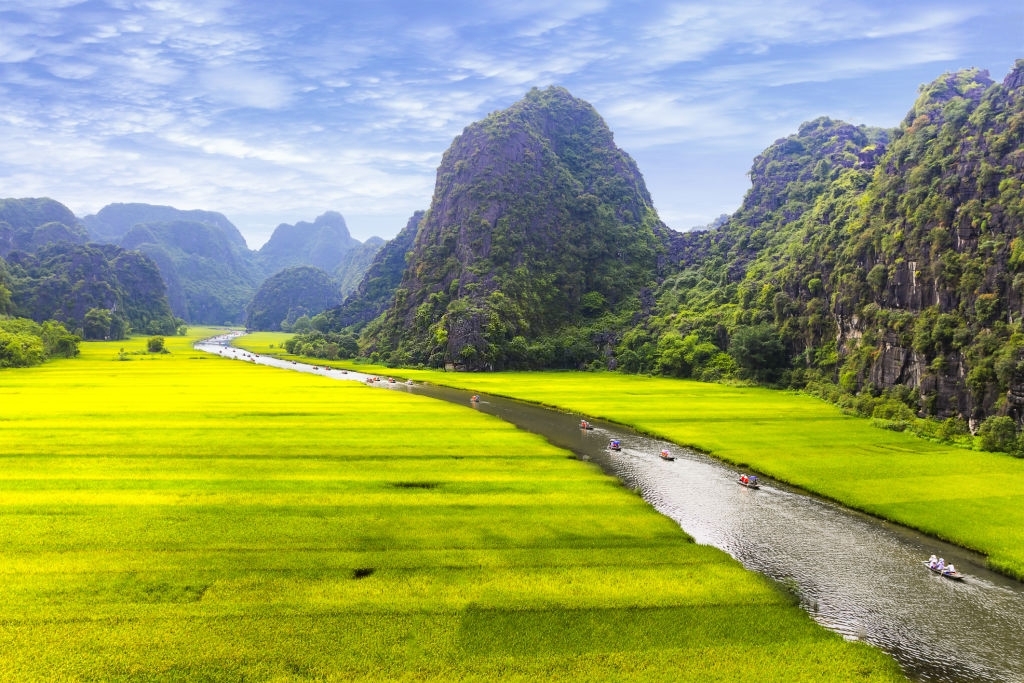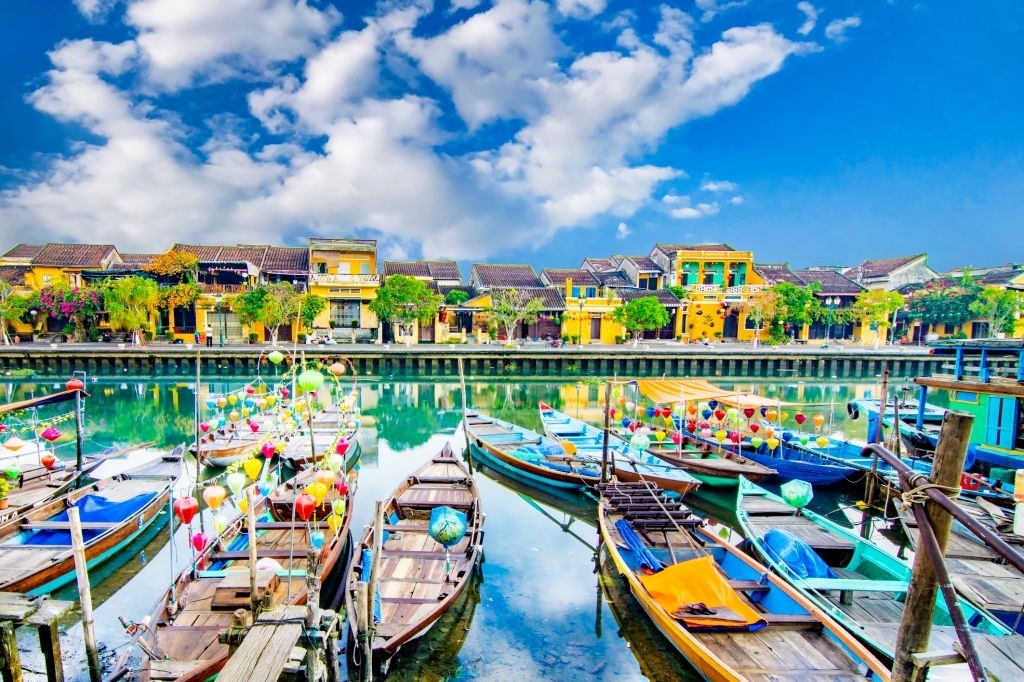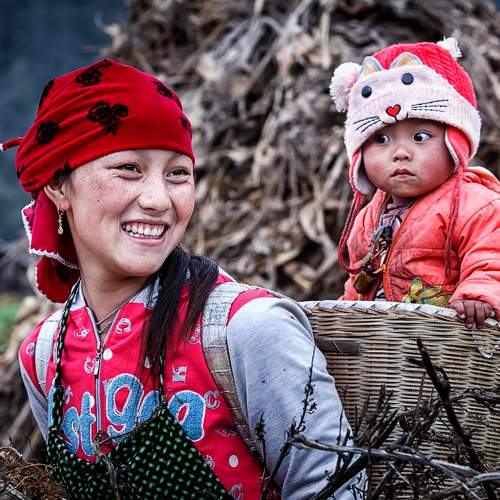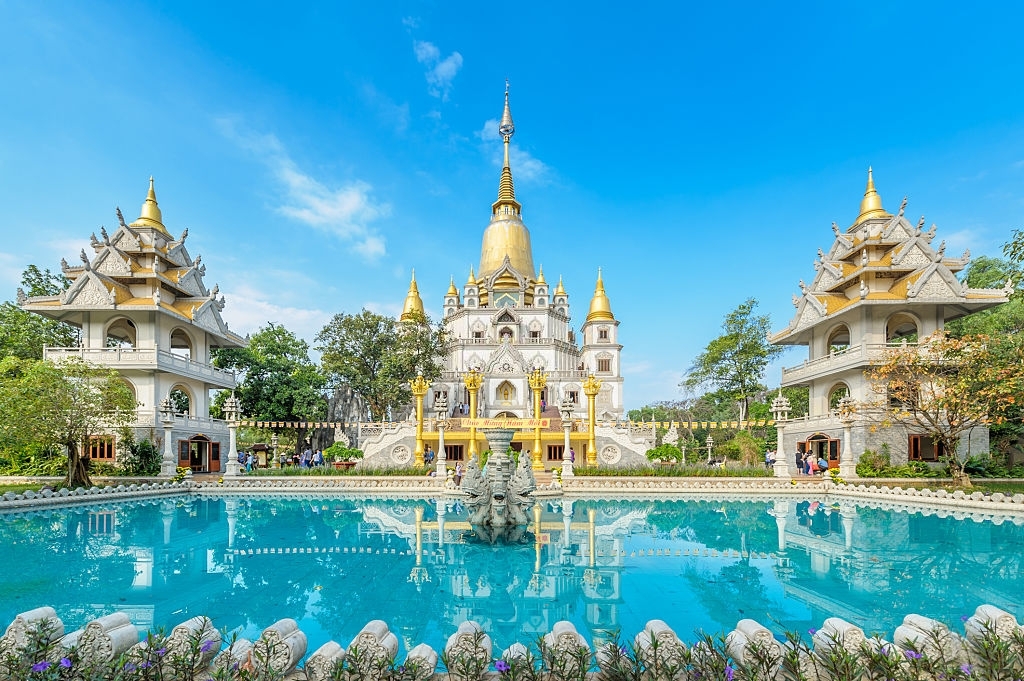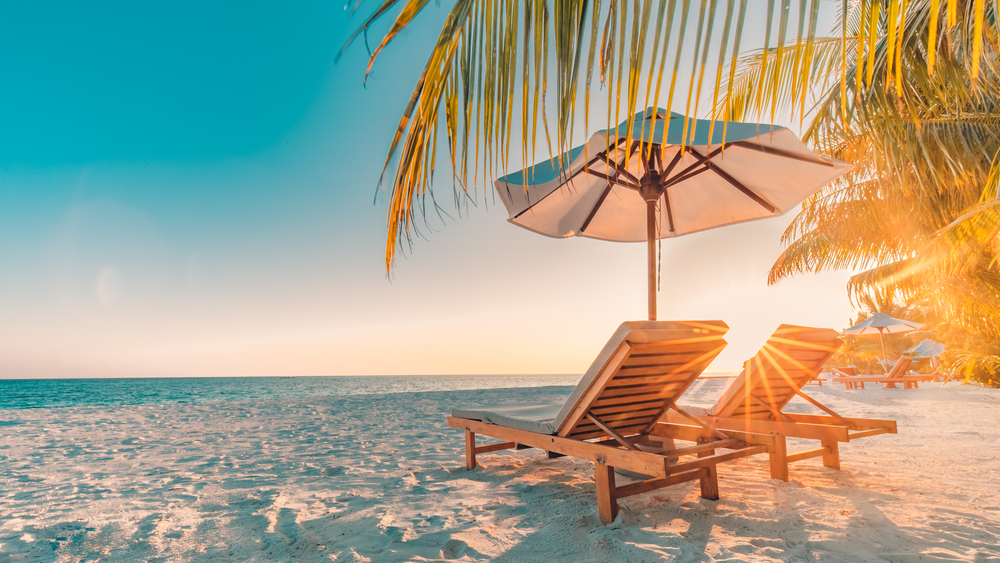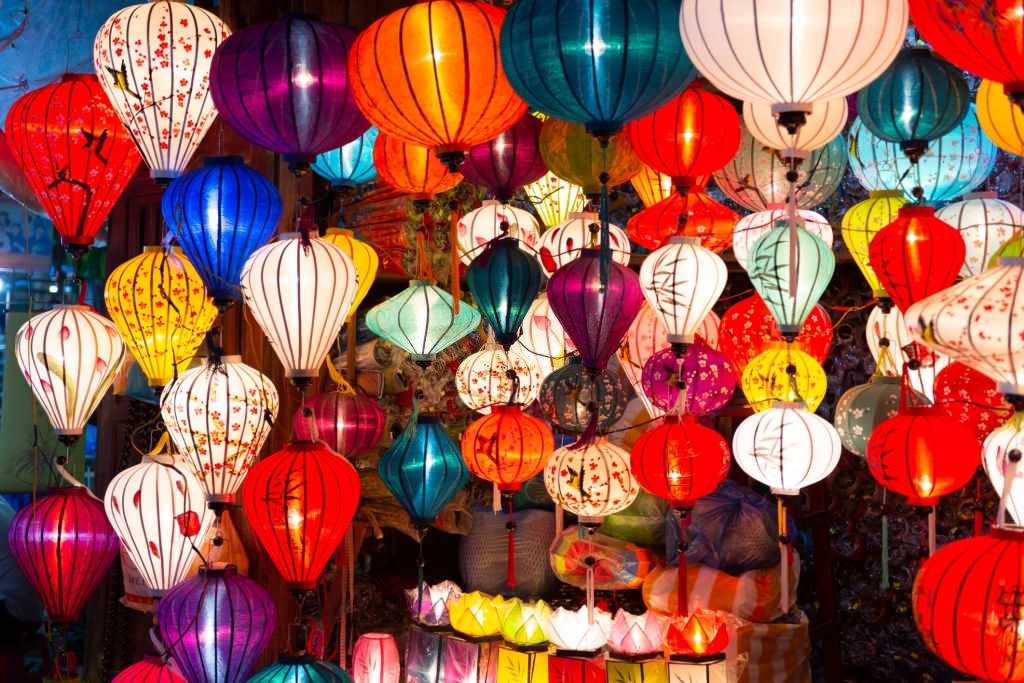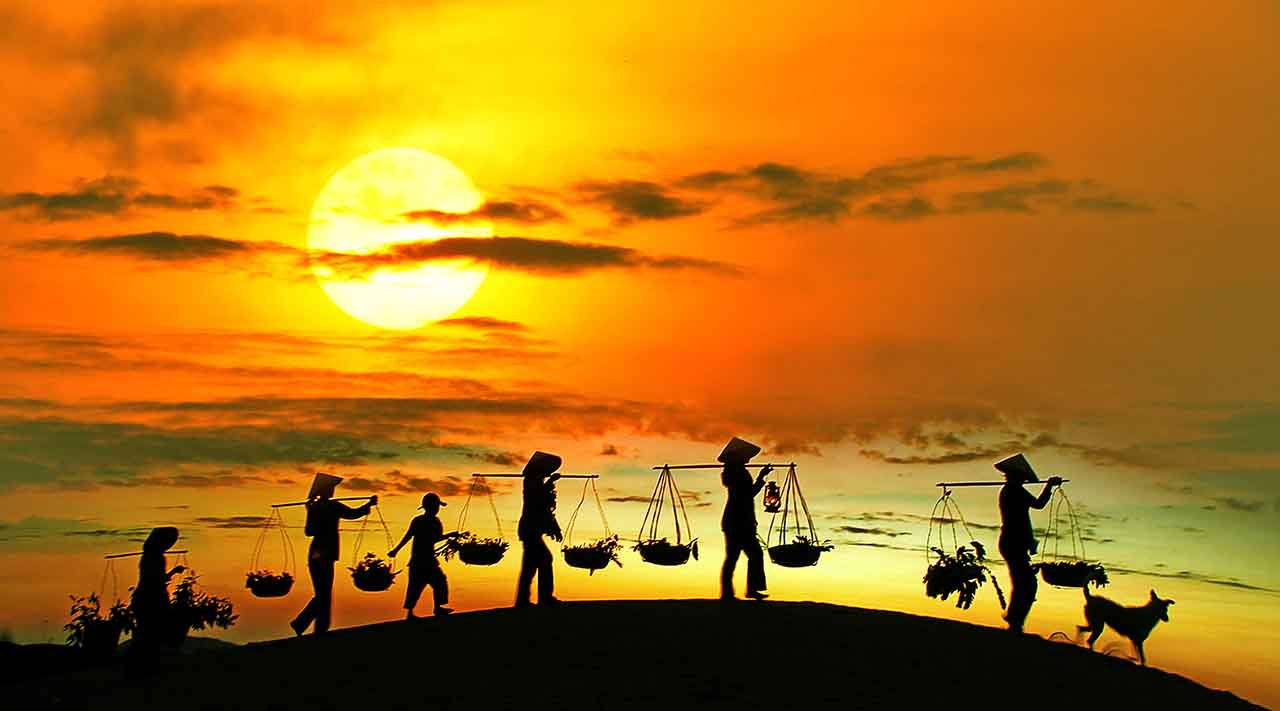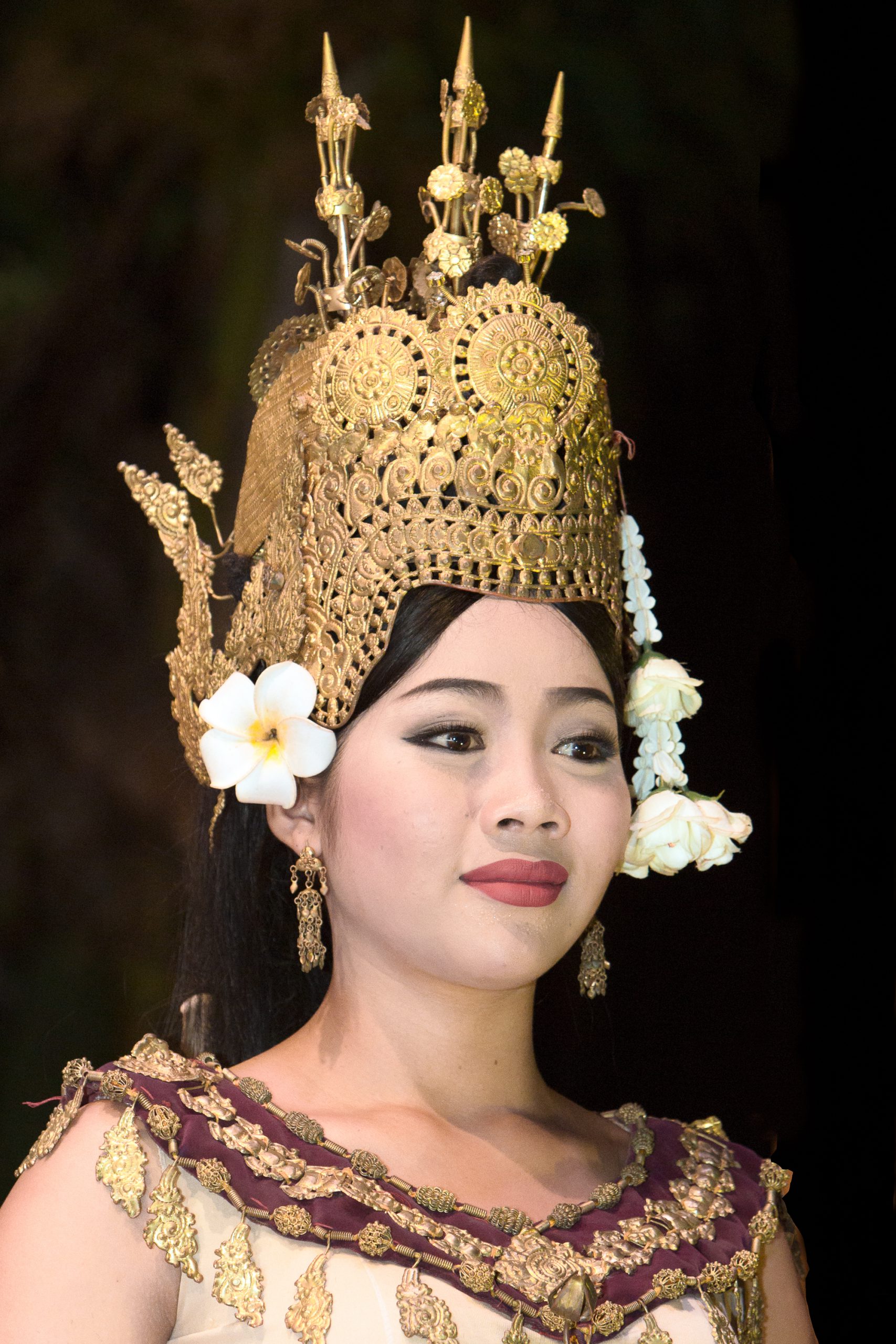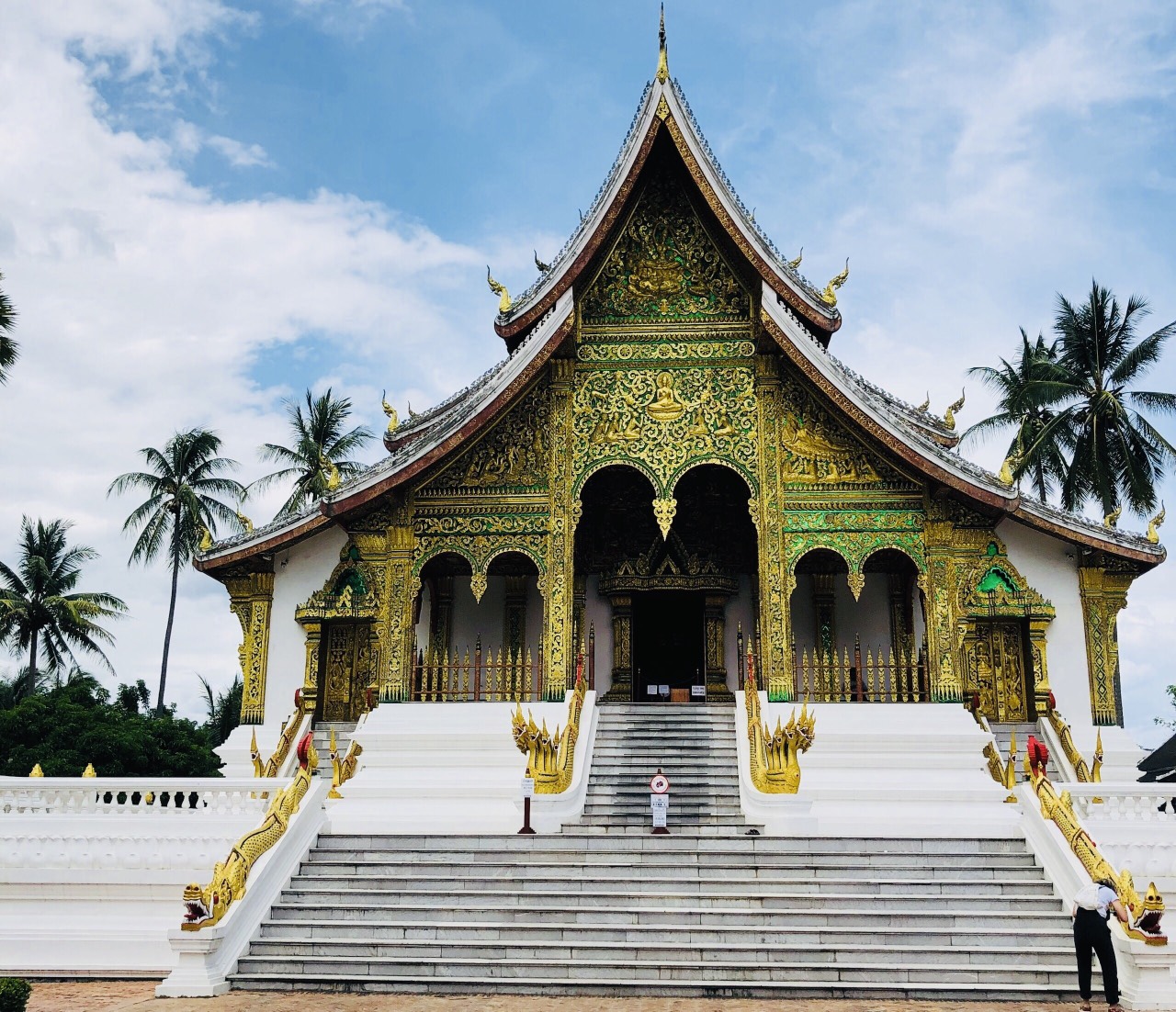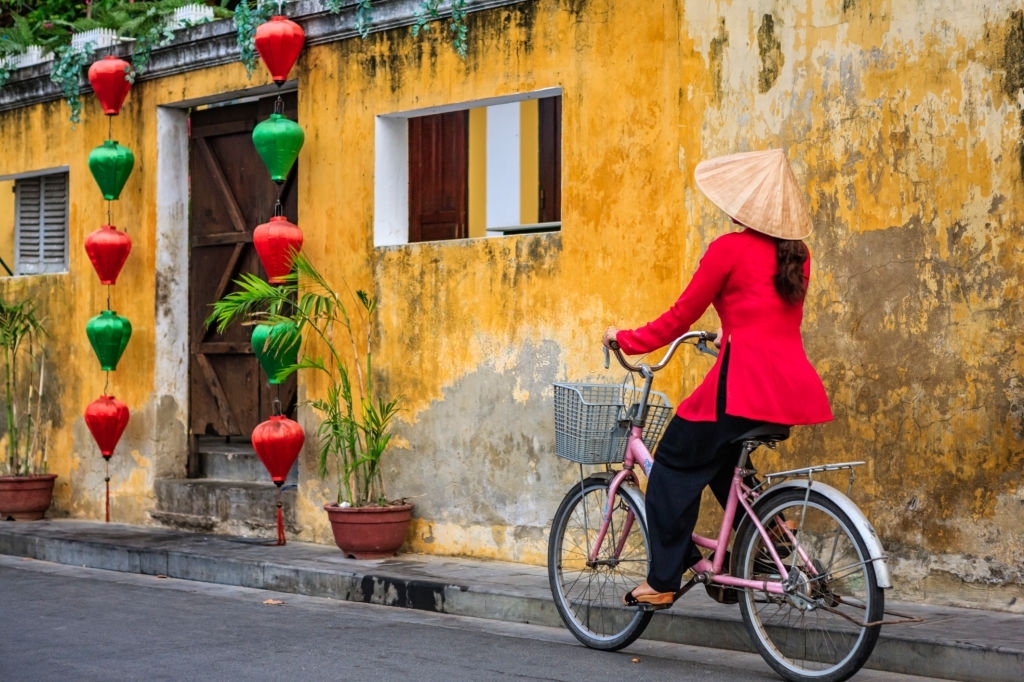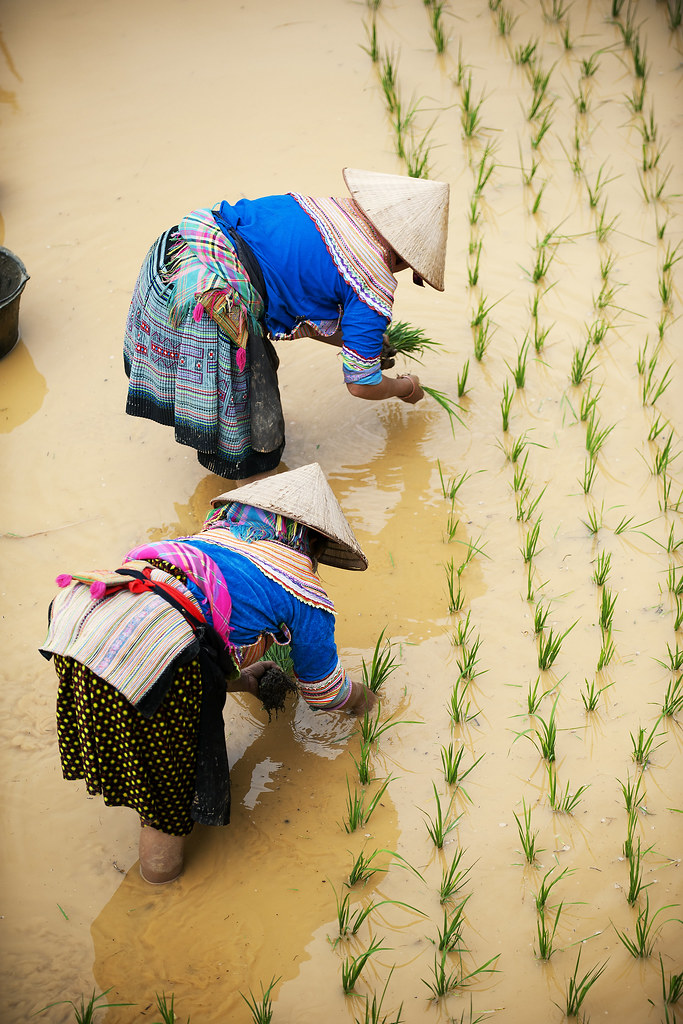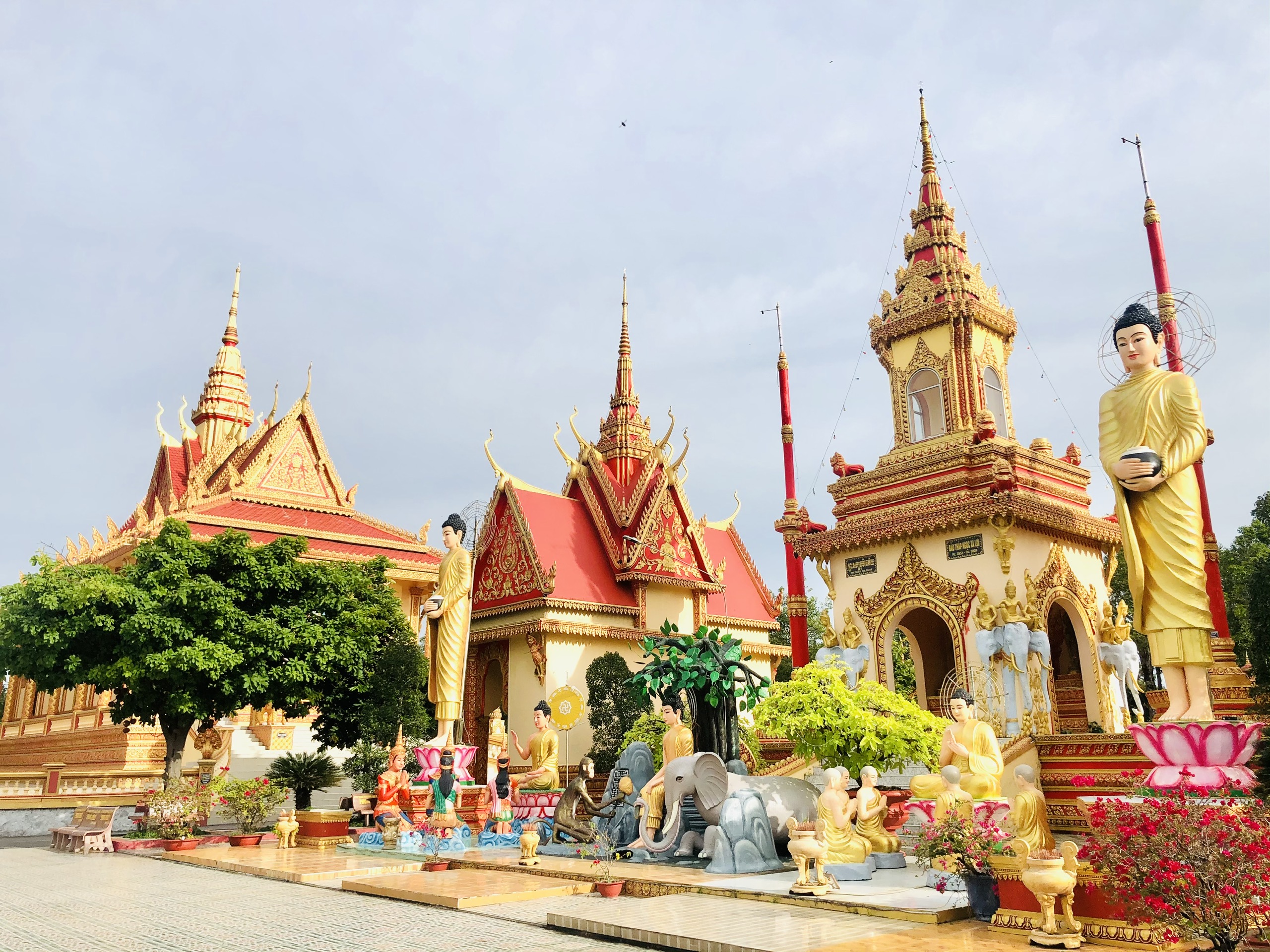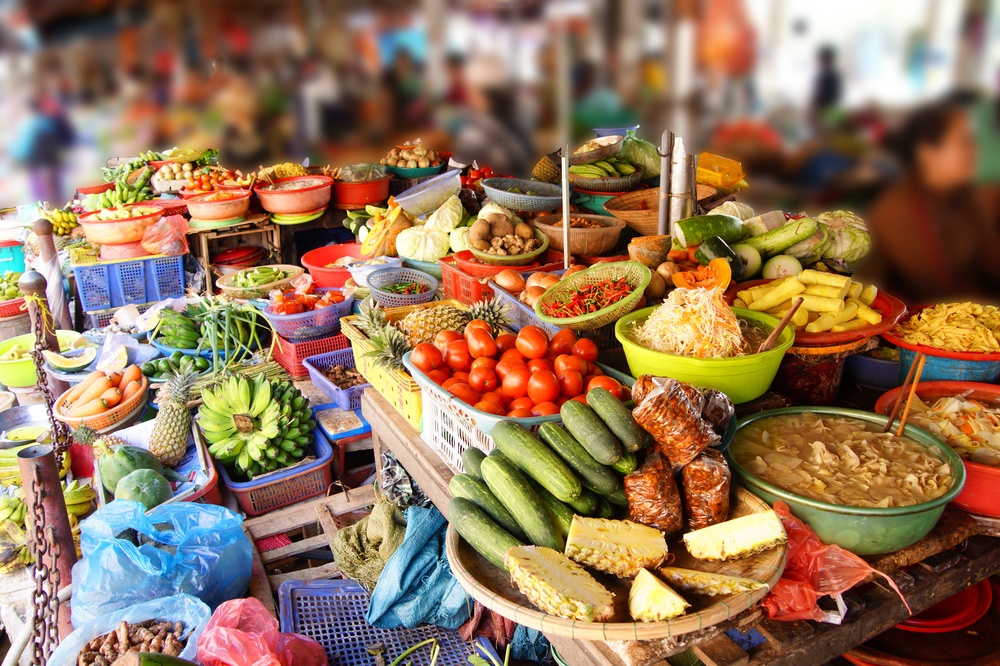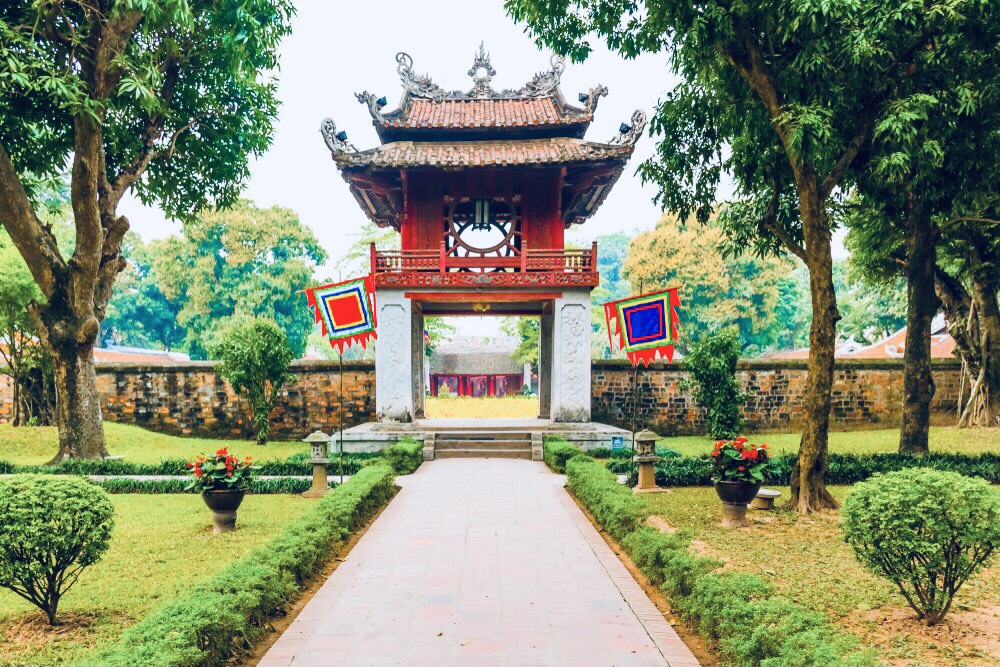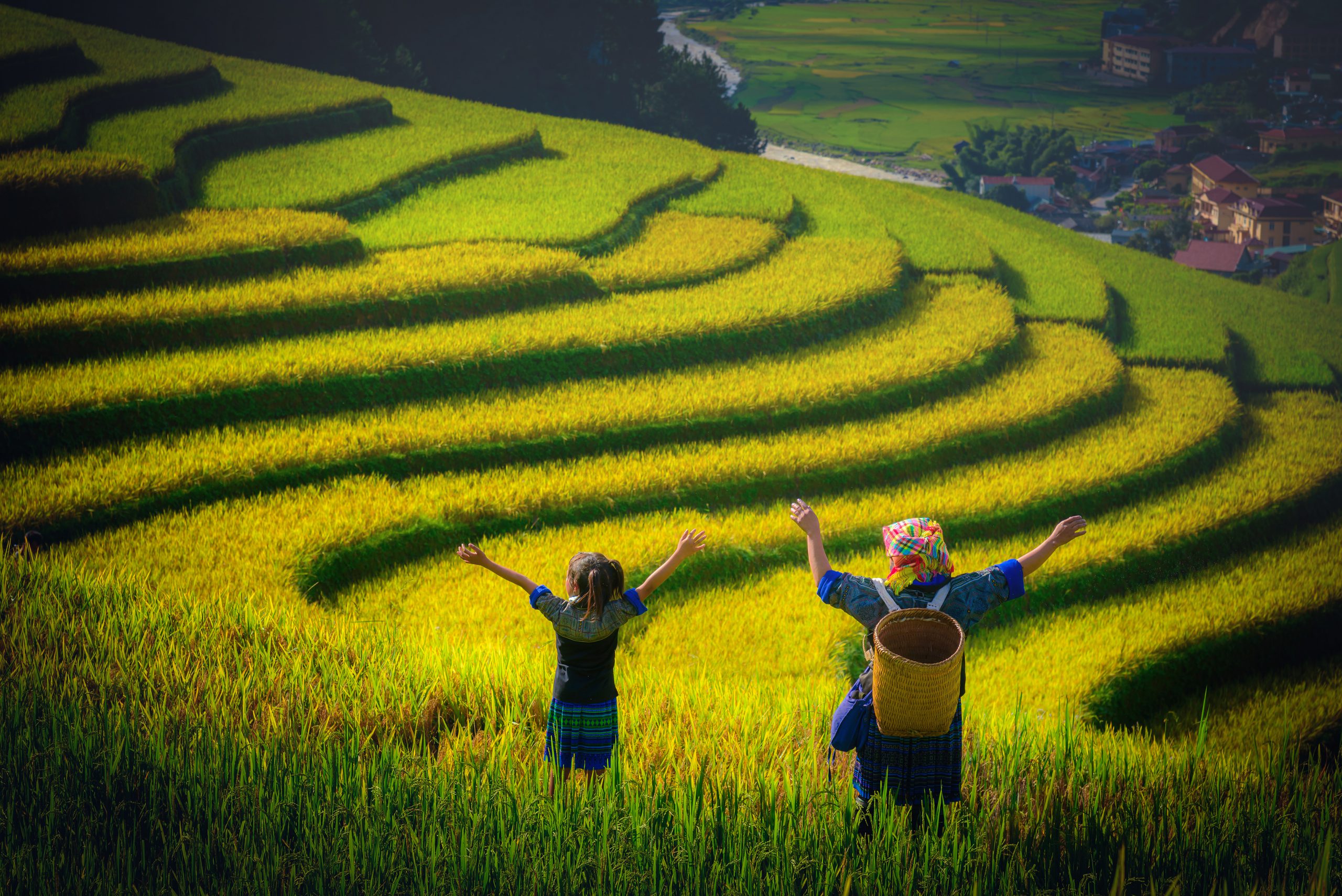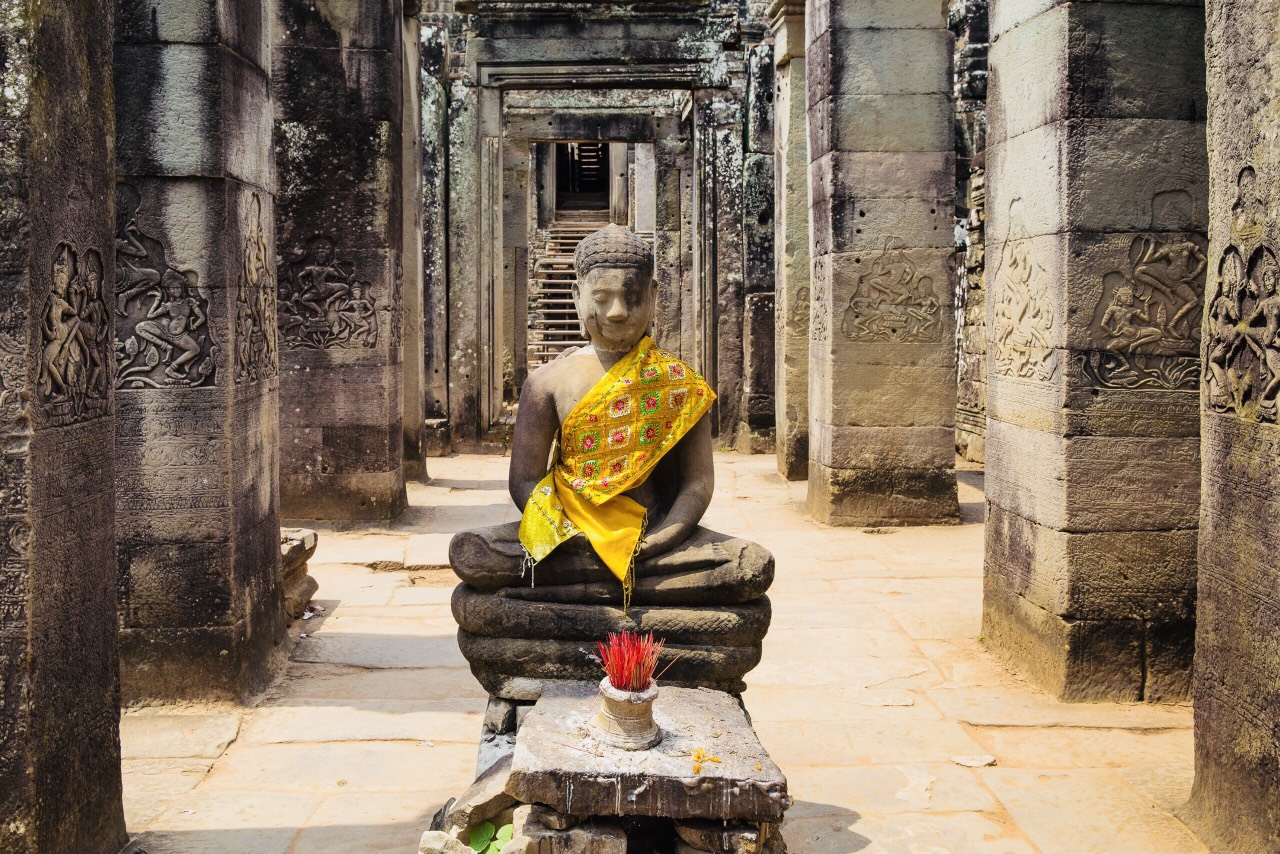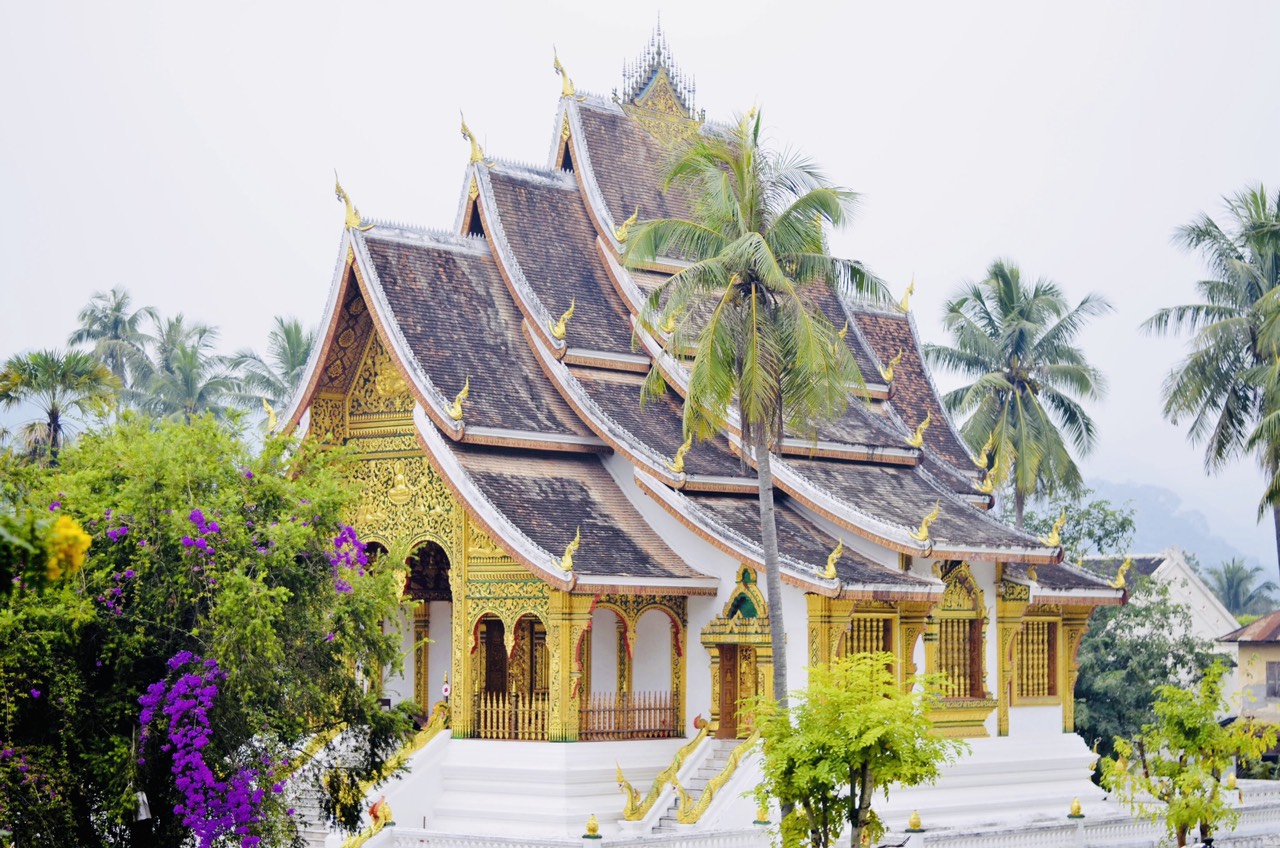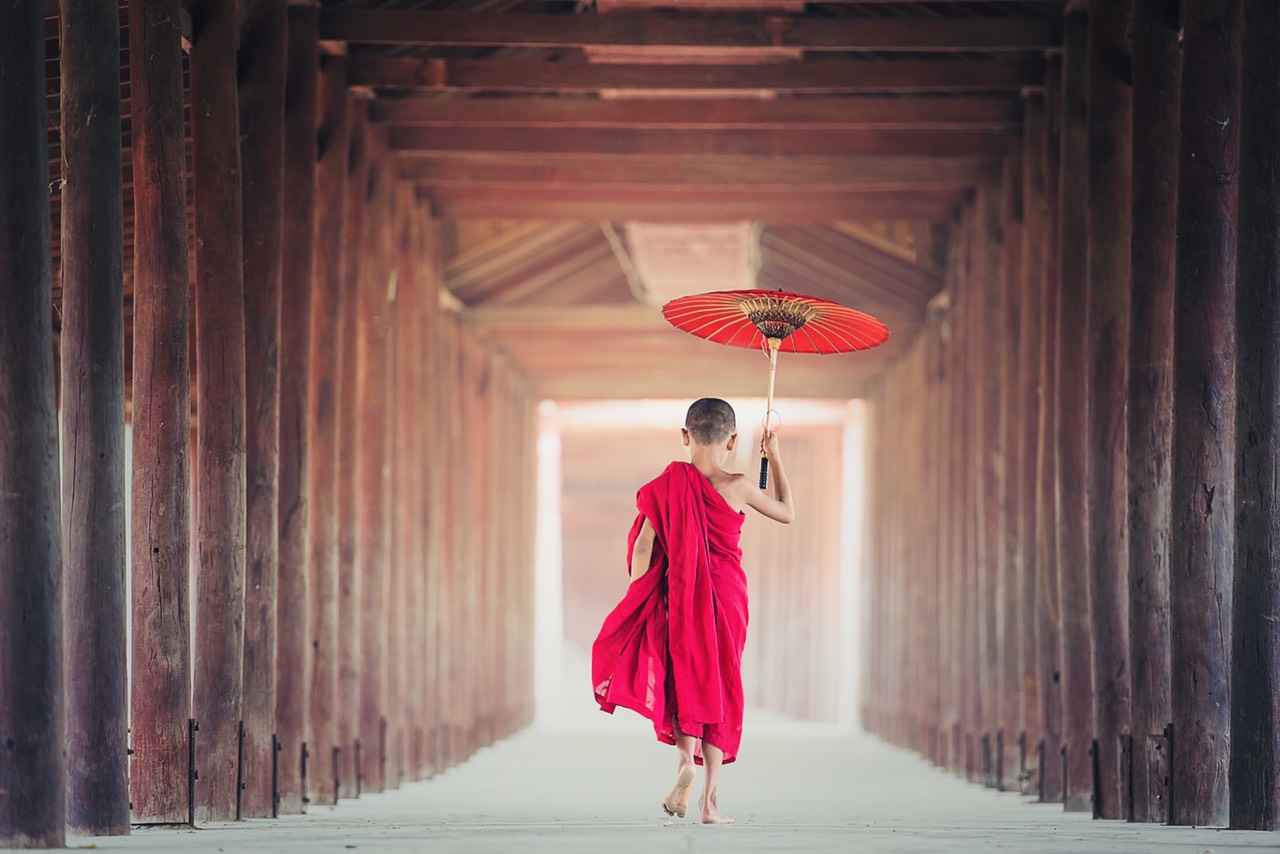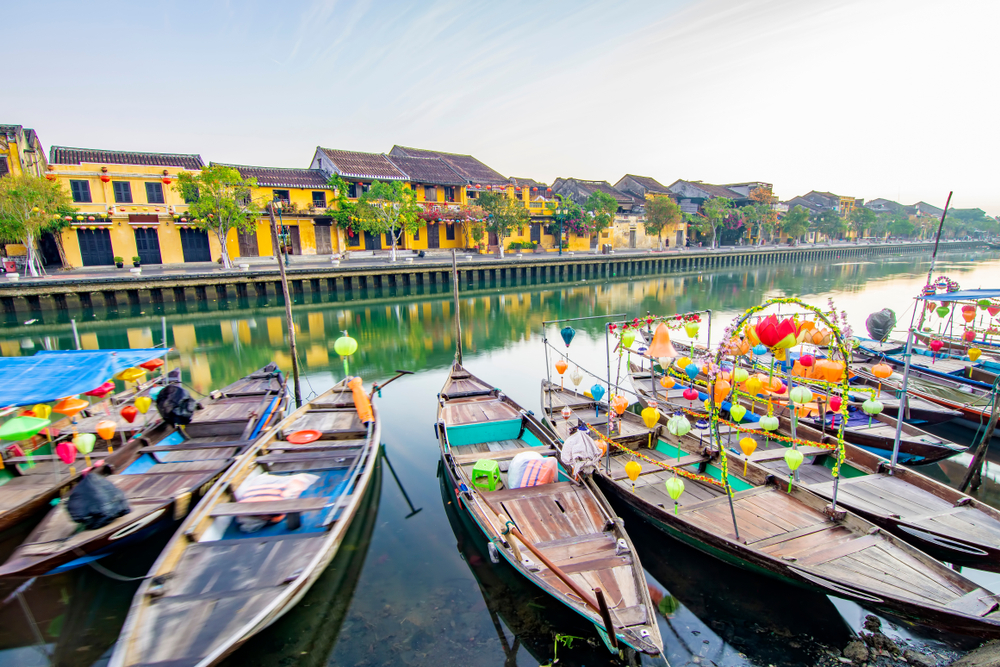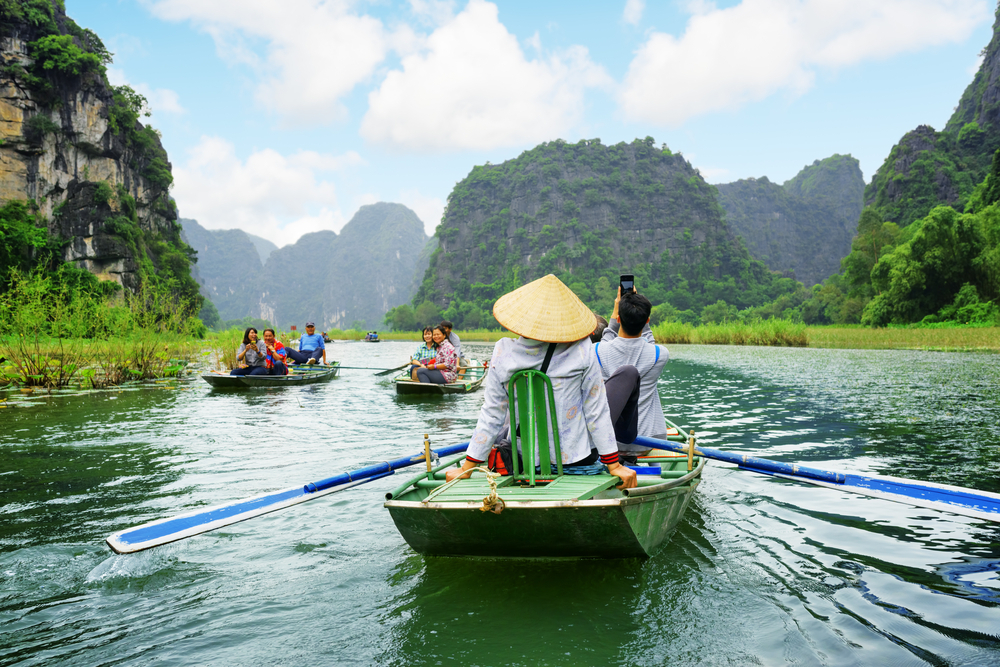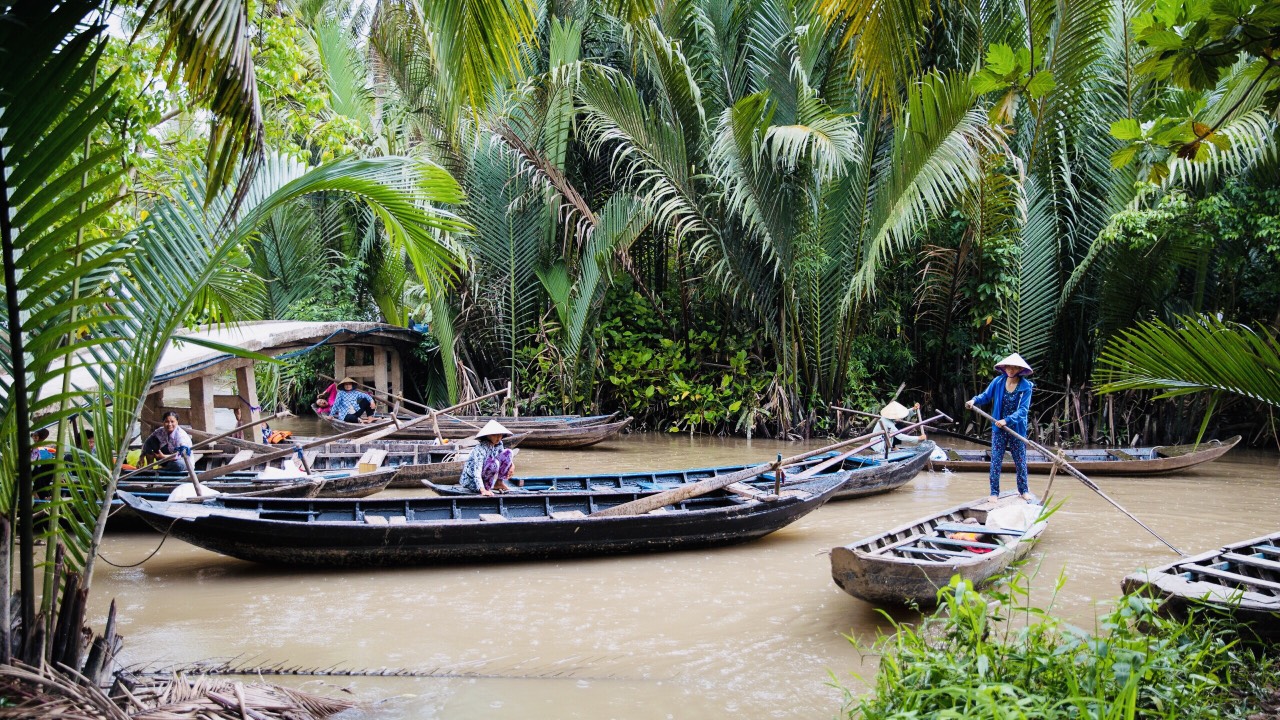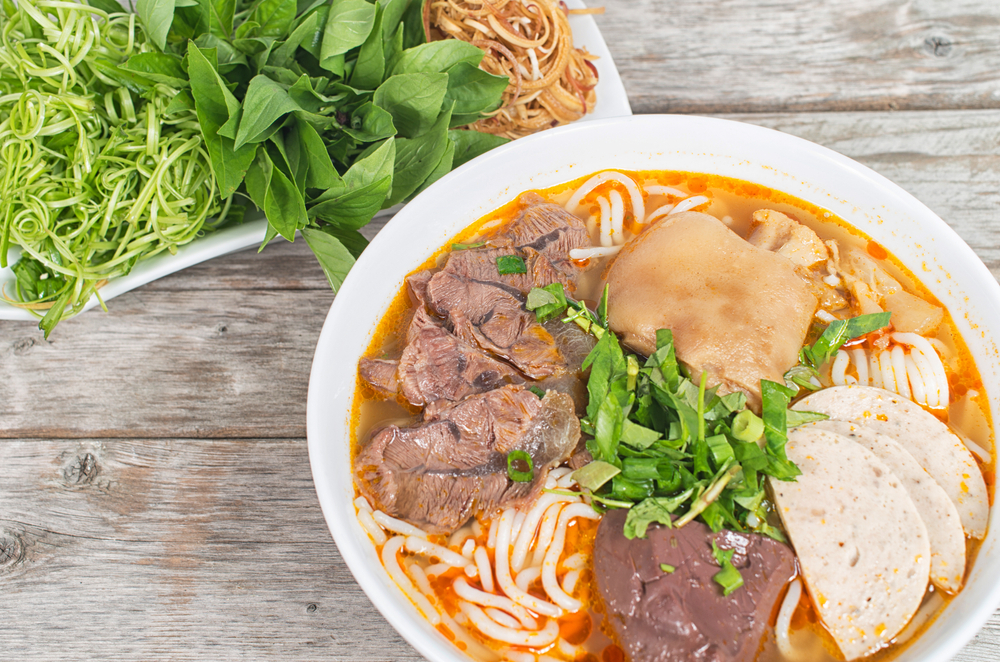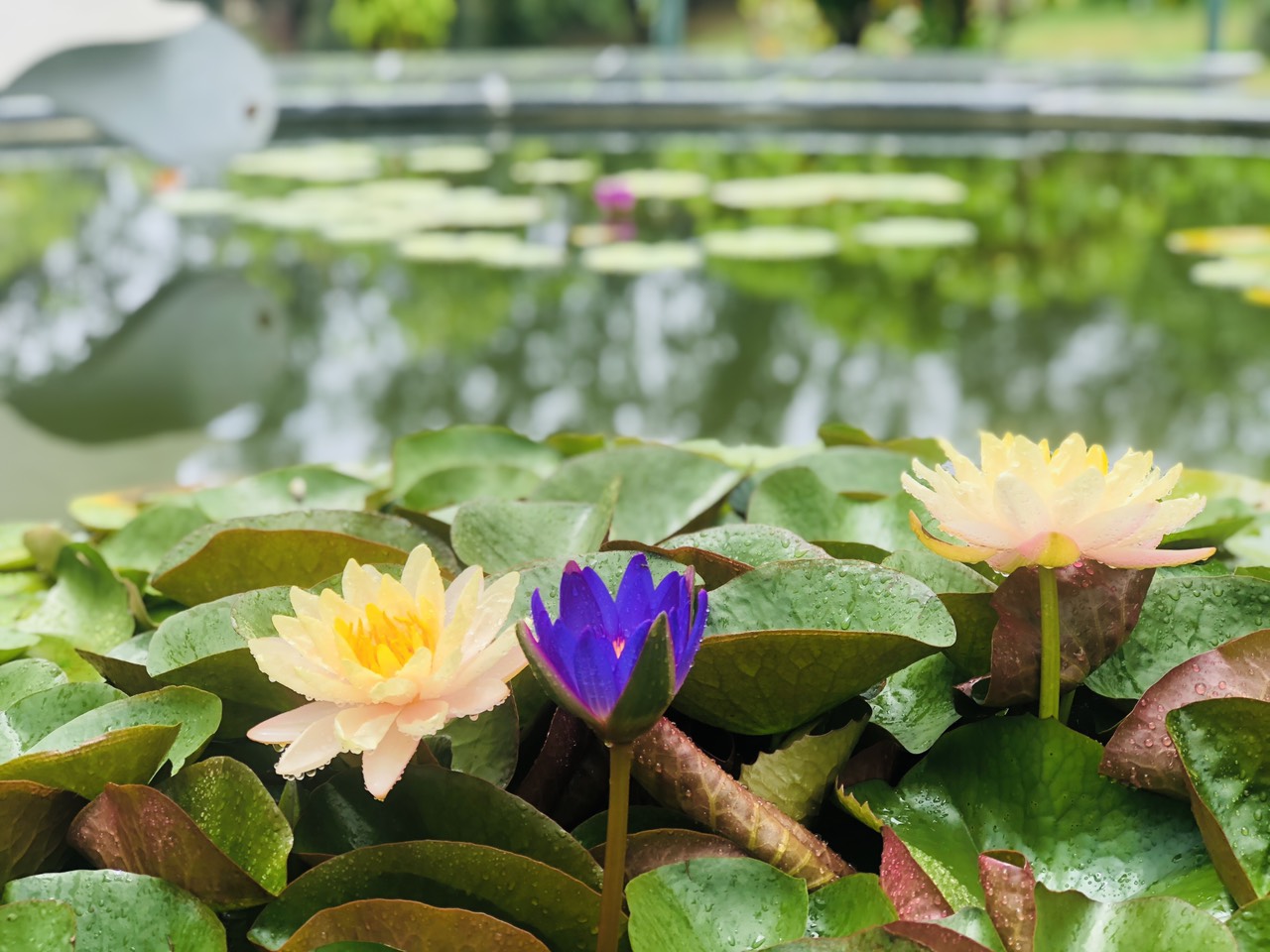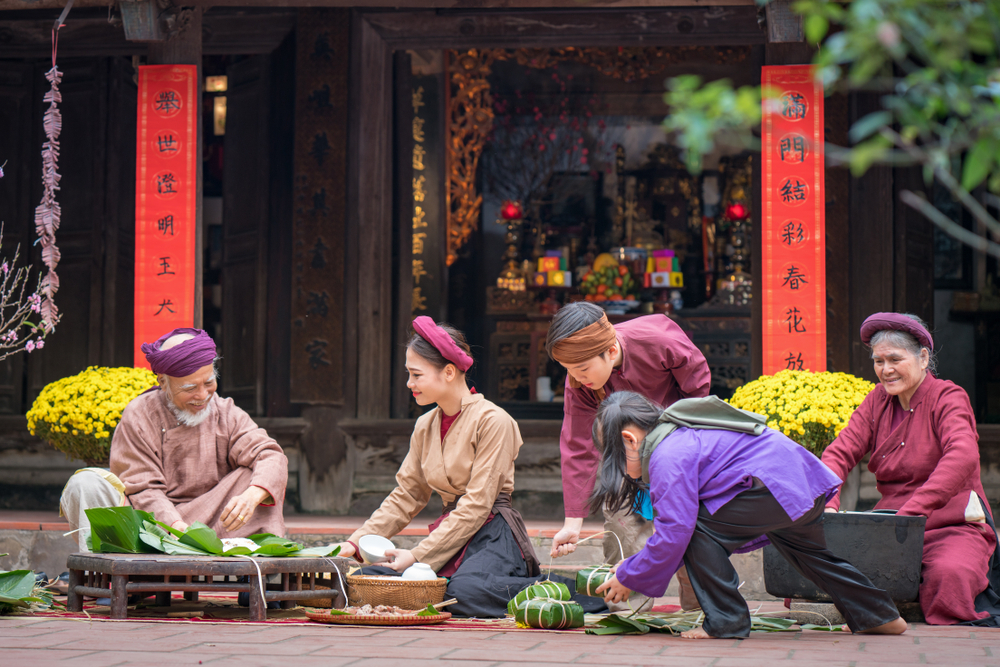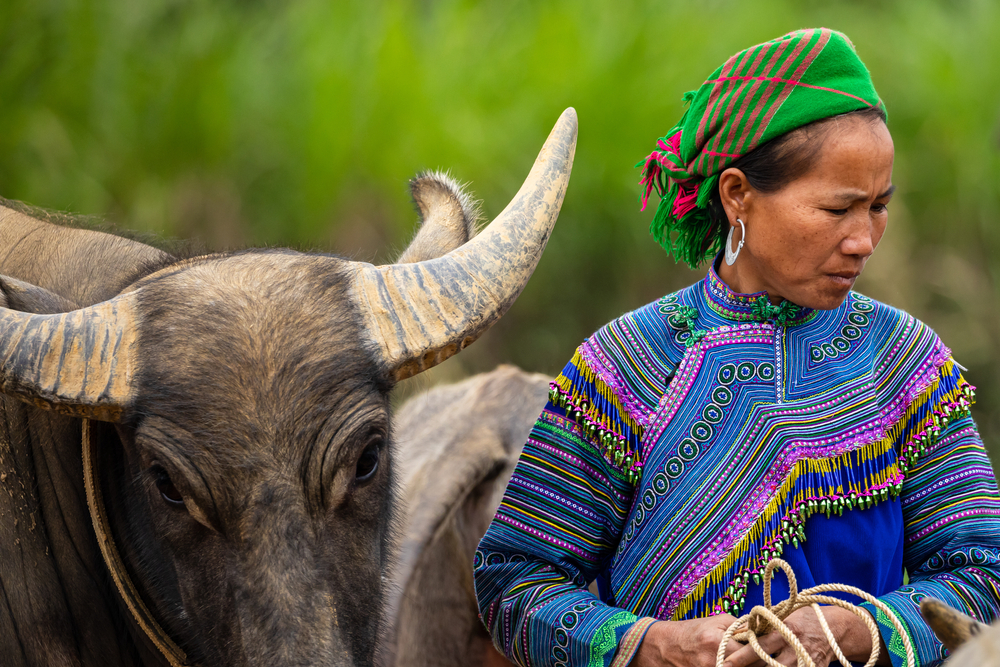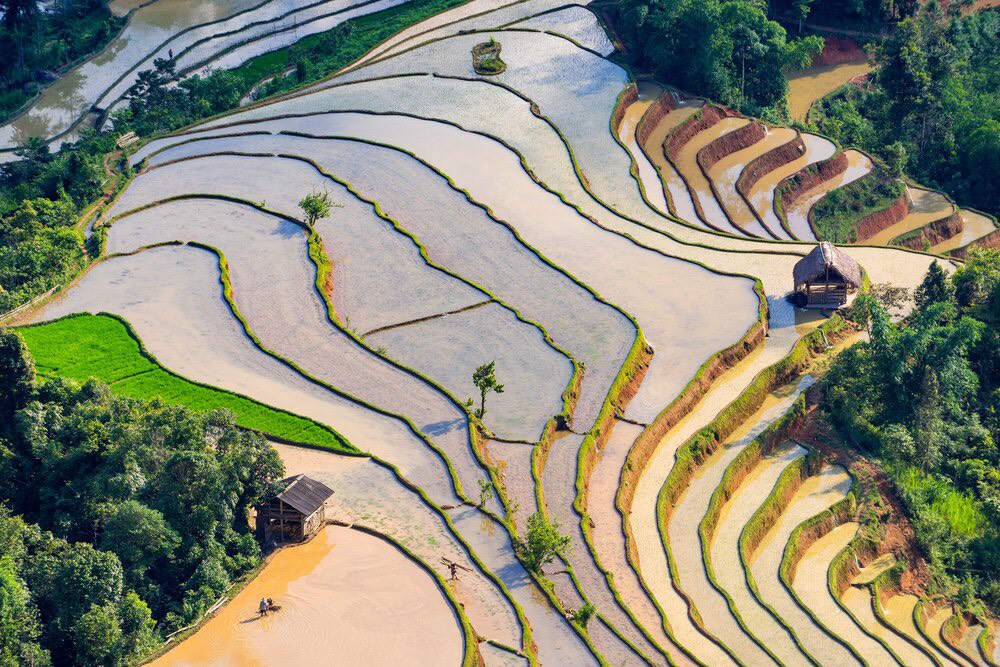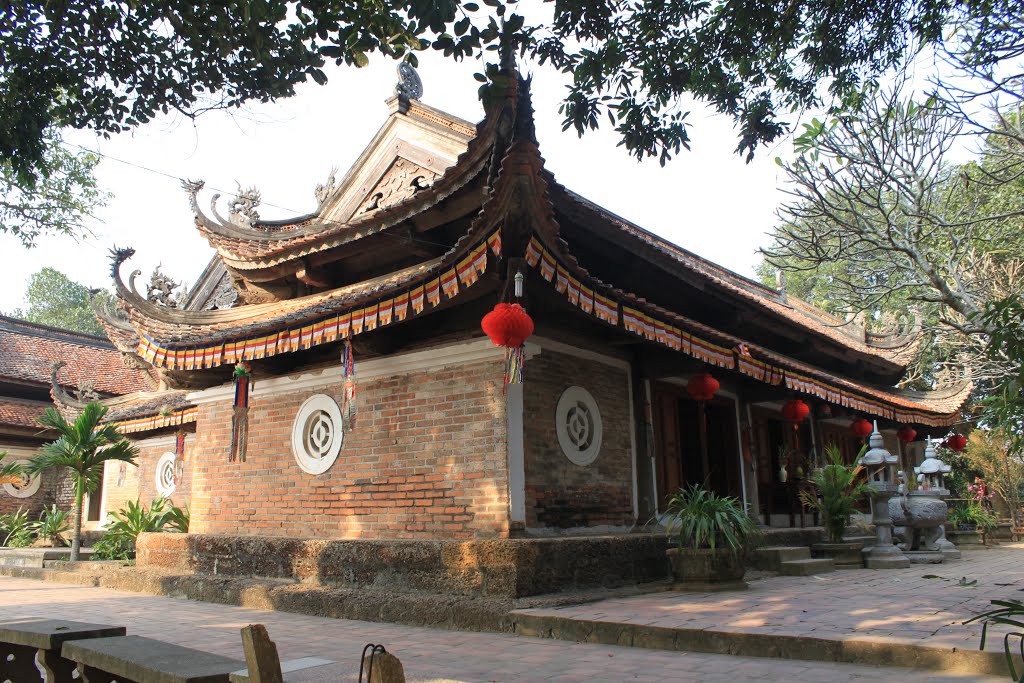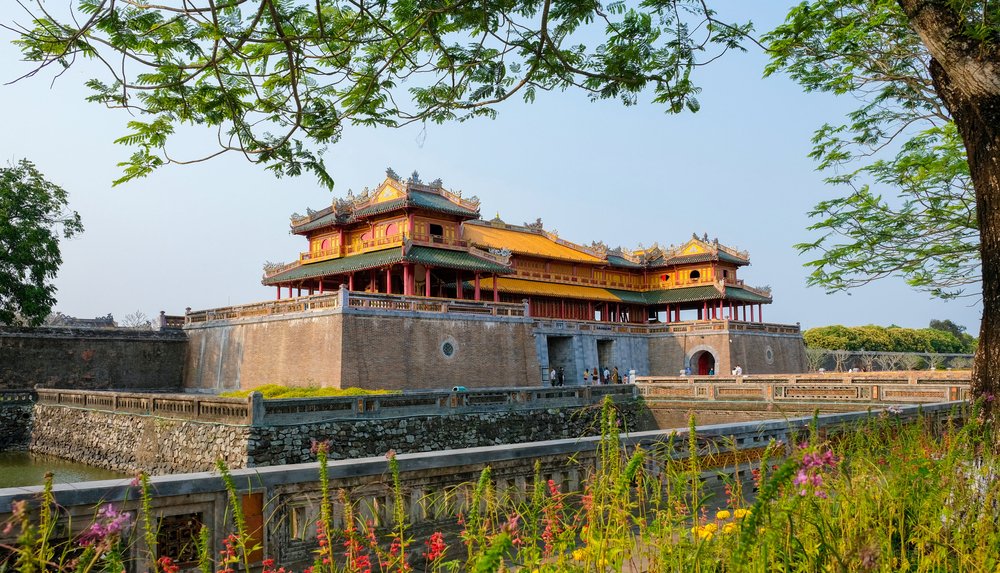
Discovering Hue
Hue (of the ancient Cham kingdom) was :
– the chief place of nine Lords of Nguyen
– capital under the reign of Tay Son
– and state capital of 13 emperors of the Nguyen dynasty.
From the 14th century, when the Cham king Che Man married the Annamite princess Huyen Tran and gave the Dai Viet the provinces from Quang Tri to the Cloud Pass (Da Nang).
From the time of the Nguyen Lords to the 16th – 18th centuries.
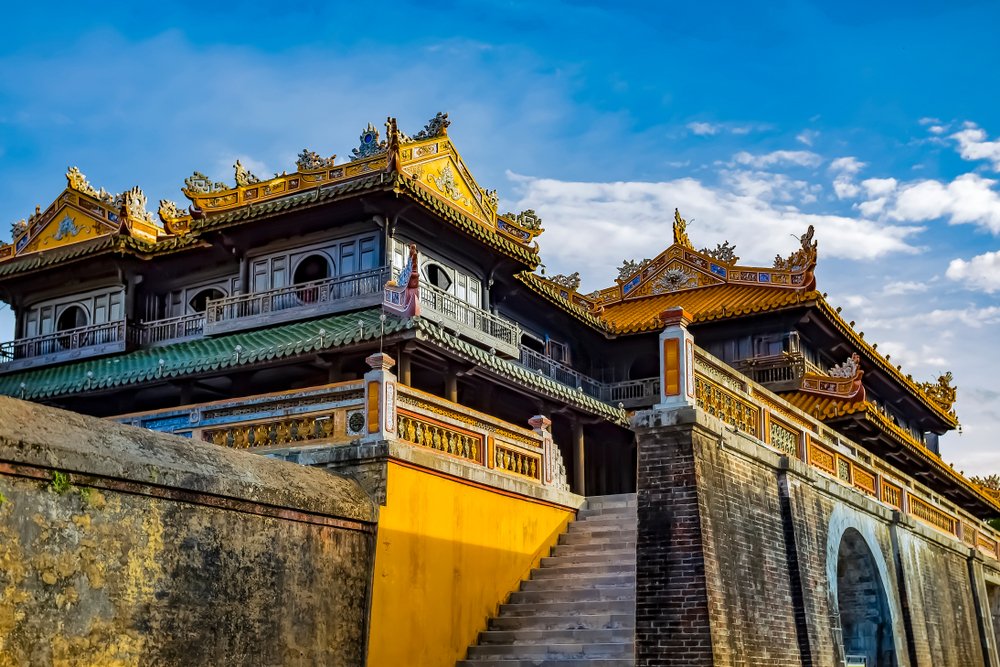
From the reign of Tay Son, late 18th century.
From the time of the Nguyen emperors from 1802 to 1945.
Throughout the centuries, elites have been chosen and settled in this city to build a culture of identity and a perfect natural landscape !
Hue has been valued and constantly built and rebuilt.
The ancient imperial capital of Hue preserves today tangible and intangible cultural heritages representing the identity of the spirit and soul of the Vietnamese people.
The Citadel
Located north of the Perfume River which flows from west to east, the imperial citadel of Hue was built in 1805 during the reign of Emperor Gia Long and completed in 1832 during the reign of his son, Emperor Minh Mang.
Before entering the Citadel, you can visit the Flag Tower, also called “the King’s Knight”, which faces the main entrance.

The Citadel affirms the power of the monarchy of the Nguyen dynasty.
It is divided into three cities, Kinh Thanh, Hoang Thanh and Cam Thanh:
the Citadel, the Imperial City and the Purple Forbidden City.
- The Citadel consists of a set of walls 6m high and 21m wide on a perimeter of over 10km. It had ten fortified gates, each with a bridge.
- The Imperial City is accessible through four entrance gates, the Ngo Mon Gate (the South Gate), is the most impressive. The central entrance is reserved for the emperor, the two side entrances are for mandarins and military, the smaller entrances on the two extreme sides are for civilians.
- The Forbidden Purple City is the palace of residence of the royal family where only the emperor and his family had the right to enter, it extends on the third and last enclosure.
Tomb of Tu Duc
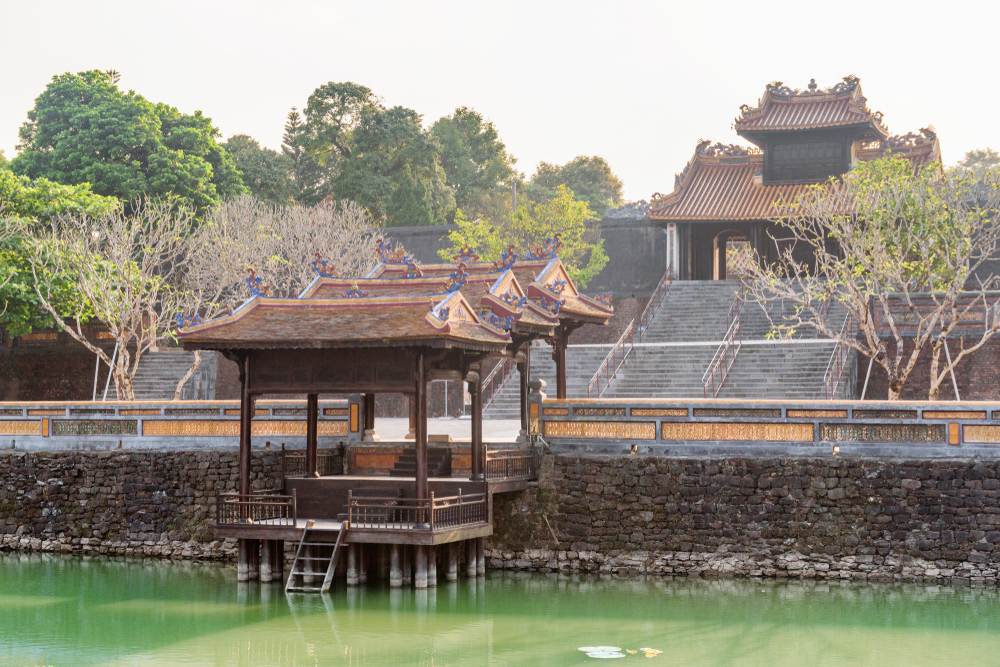
Located in the narrow valley of Duong Xuan Thuong village, Tu Duc’s tomb (Khiem Lang) is probably the most beautiful of the Nguyen kings’ mausoleums. Surrounded by trees and located near a large lake, Tu Duc’s tomb has ancient features and sophisticated architecture and is immersed in a strangely peaceful nature and space.
Tomb of Minh Mang
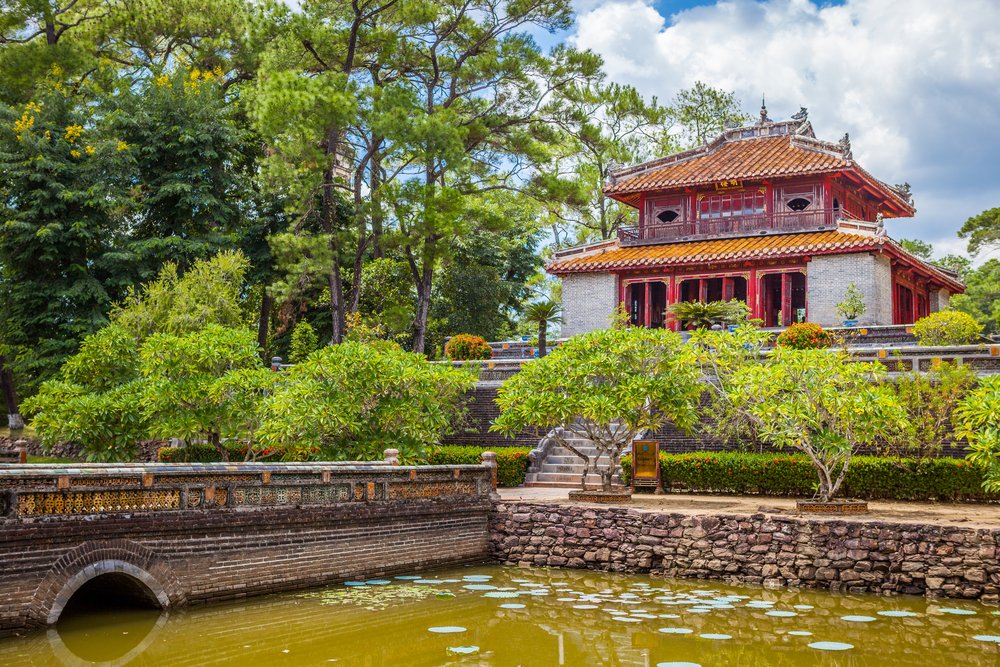
Minh Mang’s tomb is a mausoleum that is hard to ignore with its static lines and architecture that combines harmoniously with the poetry of the natural setting of flowers and leaves and is just as romantic as this king was.
Khai Dinh Mausoleum
On Chau Chu mountain, the tomb of Khai Dinh is the resting place of the 12th emperor of the Nguyen dynasty.
Smaller than some mausoleums, it was built in an extremely elaborate and sophisticated way.
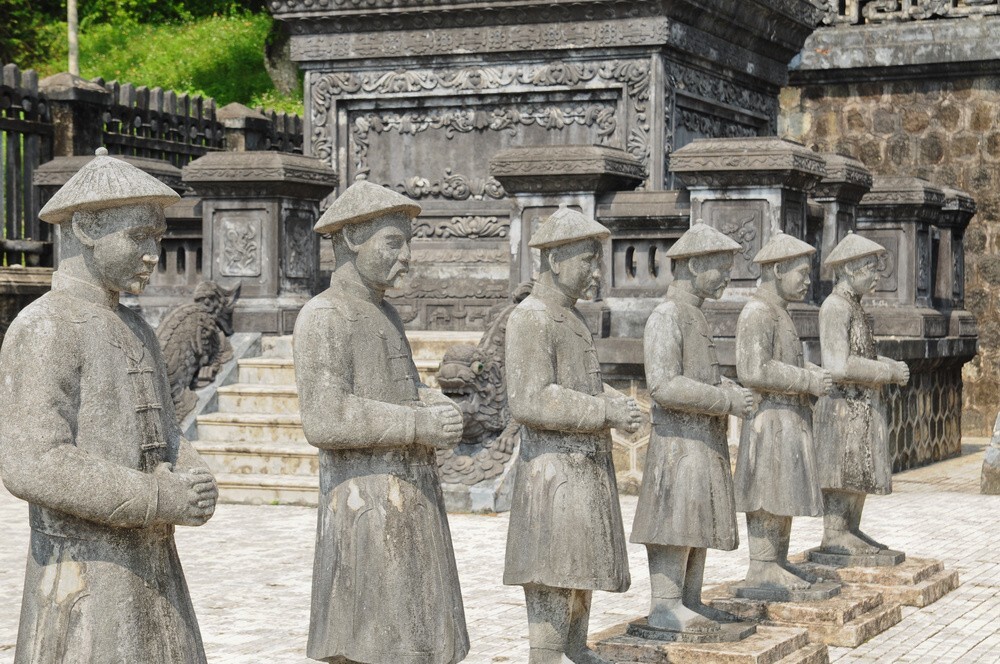
It is the only mausoleum with an architecture of interference between Eastern and Western cultures with bas-reliefs meticulously assembled with dishes and glass and surprising modern decorative objects such as tennis rackets, oil lamps…
Thien Mu pagoda, pagoda of the celestial lady
Founded in 1601 on the ruins of an original Cham temple dedicated to Shiva, it is located on Ha Khe hill, on the Perfume River. The Thien Mu pagoda appears in the middle of a poetic and lyrical natural space and is the inspiration for many works.
In the distance stands the imposing Phuoc Duyen tower.

Legend has it that in 1601, a mystic predicted that whoever founded a pagoda on the hill next to the Perfume River would announce a great dynasty.
Nguyen Hoang followed the instructions and the forecast was confirmed.
Huong River
The Perfume River flows through Hue, named after the fragrance of fruit tree flowers and medicinal herbs growing along its banks in spring.
It originates in the mountains above the city of Hue and flows into Thanh Iam Lagoon 30km away.
The Perfume River is as soft as a long strip of silk, emerald green and with clear and calm waters.
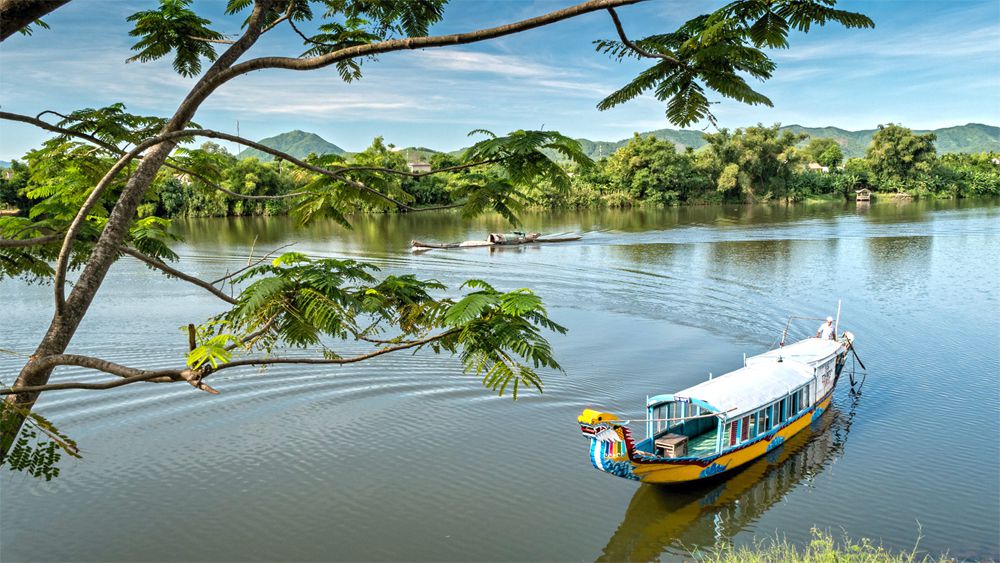
On its shores, many artists have found inspiration to compose works dedicated to it.
By sampan, let yourself be carried at a slow pace to discover the majestic imperial tombs, the peaceful villages and the hypnotic countryside of Hue.
The hill of Vong Canh covered with pine forests, as in Dalat, is the ideal place to observe the sunrise or the sunset on the Perfume River.
Mount Ngu Binh, a gift from heaven!
Following the decision of the Nguyens to build the capital of Hue, seeing that the flat mountain had the appearance of a screen protecting the capital, Gia Long accepted the project of the geomancers to choose this mountain as the first protective screen of the capital giving it the name of Royal Mountain.
For centuries, this beautiful mountain and the Perfume River have become the natural symbols of Hue.
Trang Tien Bridge
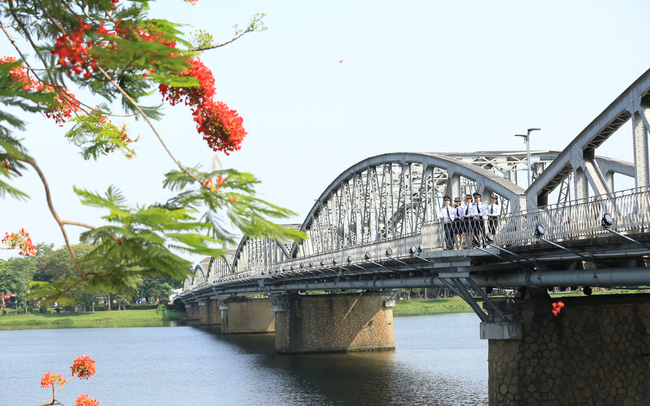
Trang Tien Bridge crosses the Perfume River, with its curved spans it is one of the typical symbols of the ancient capital of Hue.
Built from 1897 to 1899 by the French construction agency Eiffel, Trang Tien Bridge is also associated with more than 100 years of history and has witnessed many vicissitudes of national history.
It is considered a link between the past, the present and the future.
Today, the bridge is equipped with a modern lighting system that shines brightly at the end of the day.
Dong Ba marrket

Dong Ba market is the largest and oldest market in Hue city. Dong Ba market is associated with hundreds of years of history of Nguyen kings. You can find everything from meats to fresh fish just caught in the Perfume River, local fruits and vegetables, rice noodles in 50 kilo bags, clothes and the iconic conical hats.
The craft villages
The most famous conical hat of Hue is the “non bai tho” or poem hat which is a real work of art.
Several villages practice this particular art: Tay Ho, My Lam, Phu Cam, Phuoc Vinh, Doc So, Trieu Tay.
Sinh village is known all over the country for its folk prints. While the colorful prints of Dong Ho and Hang Trong are famous in the northern villages, those of Sinh are appreciated for their expertise in folk culture. The craftsmen draw their inspiration from the customary practices and spiritual life of the Hue people.
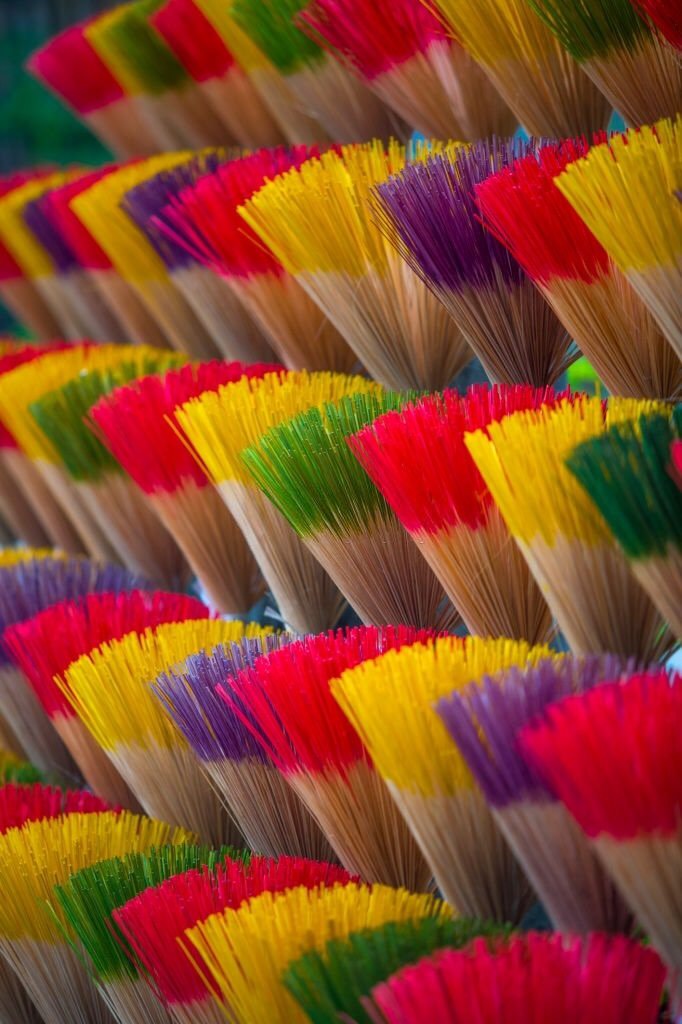
The incense sticks factory in Thuy Xuan village involves the majority of the families in this activity inherent to the important traditional rites in Vietnam.
For more than 500 years, the potters of Phuoc Tich have preserved, from generation to generation, the craft that provided dishes and utensils to the court of the Nguyen kings, from Minh Mang to Khai Dinh.
The paper flowers adorn the altars of the geniuses and ancestors and are renewed only once a year. Throughout the year, Thanh Tien’s craftsmen continue to perfect the art cultivated for four centuries by their ancestors.
Tam Giang Lagoon – Cau Hai
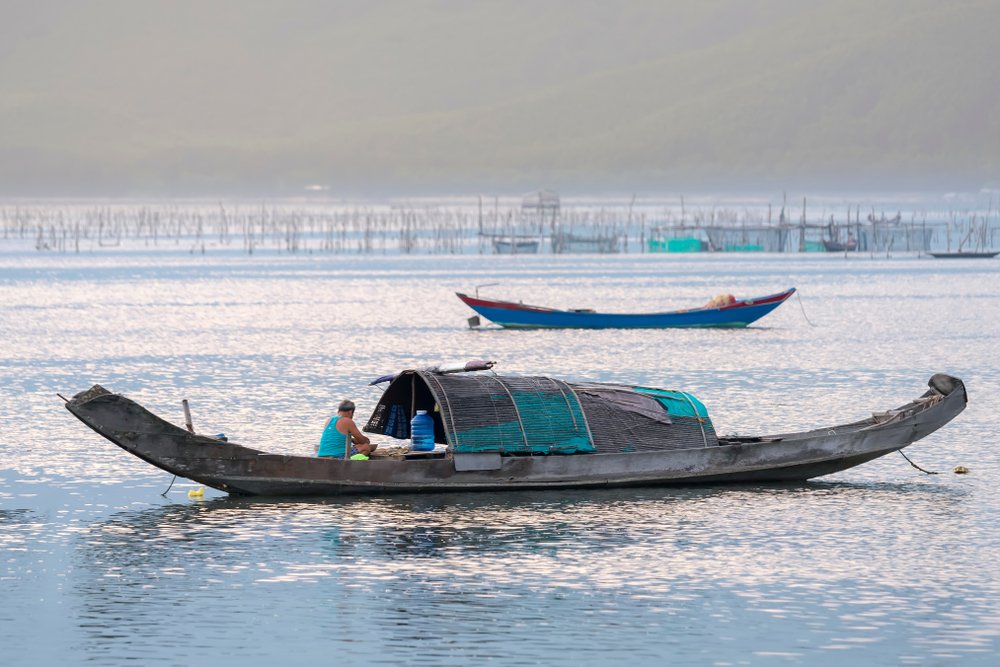
The lagoon extends over 68 km, it is the largest coastal lagoon in Southeast Asia with an ecosystem of seagrass beds in Con Te (Huong Tra), freshwater aquatic vegetation at the mouth of the O Lau River (Phong Dien) and a mangrove ecosystem in the area of Ru Cha (Huong Tra).
By sleeping at the inhabitant’s house at the edge of the lagoon, you will be able to admire the sunrise, magnificent and colored landscape on this water level where you will see sliding the first boats of the fishermen.
The bridge of Thanh Toan
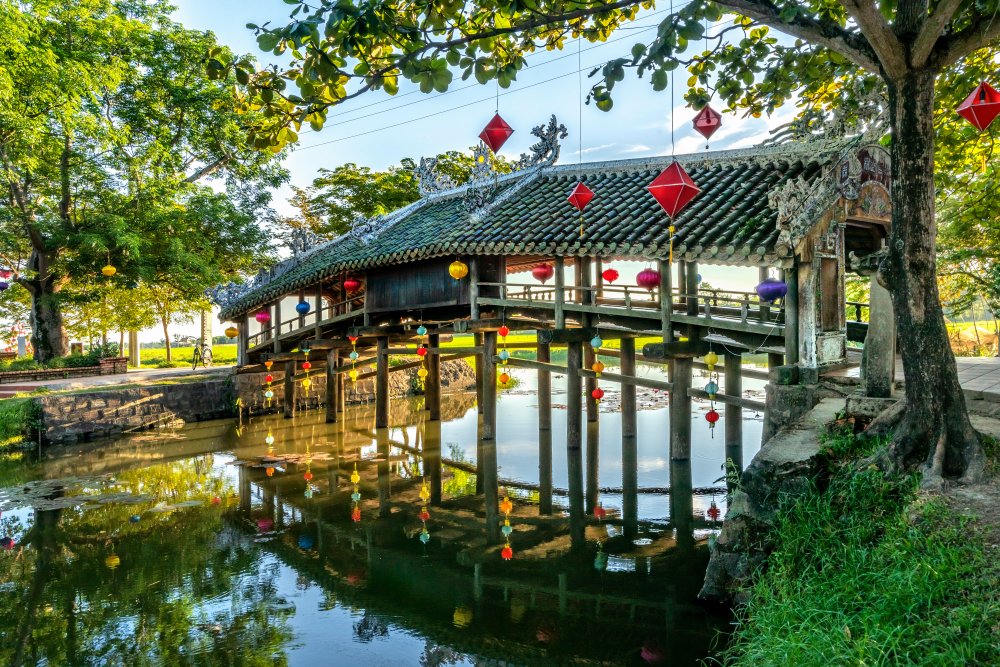
Outside Hue, in the middle of the beautiful rice fields, in the small village of Thanh Toan, there is the precious Japanese covered bridge.
Symbolic in terms of history and culture, it was built in 1776 by Tran Thi Dao, childless wife of a high-ranking mandarin in the court of Le Hien Tong, to facilitate transportation and communication of the village which was isolated by the canal.
The Emperor, upon learning of his charitable act, freed the village from taxes.
Emperor Khai Dinh ordered the villagers to place an altar on the bridge to honor the memory of the generous Tran Thi Dao.
By bike, the garden houses, the villages, the beautiful countryside
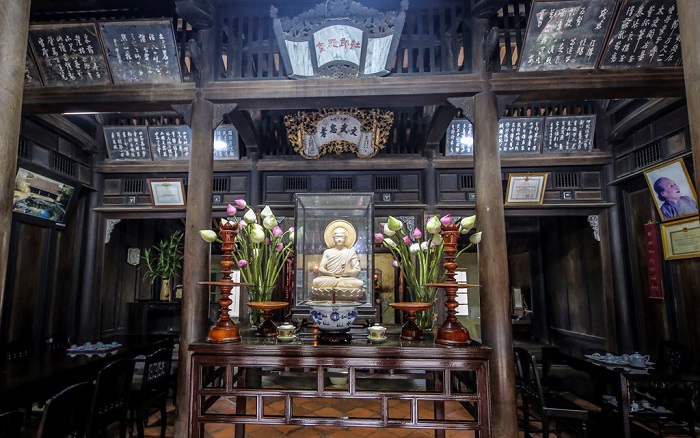
Visiting the countryside of Hue by bicycle is for the beauty of this region, the smile of the people, the refinement of the cuisine and the charm of the garden houses of the authentic villages of Thuy Bieu, Phuoc Tich, Thuy Xuan, An Dong, Thuy Bang, Thuy Thanh, Thanh Toan… Everything is located near the city center.
The city of the ghosts of An Bang
Near the beach of Thuan An, the cemetery of An Bang is known as the “city of tombs” or “city of ghosts”.
Tombs are lavishly built and elaborated for deceased ancestors and even for family members who have not yet passed away. This village consists of hundreds of colorful tombs of all shapes, the dead are laid to rest in a luxurious place, the average cost of the tombs is about 30 000 USD.
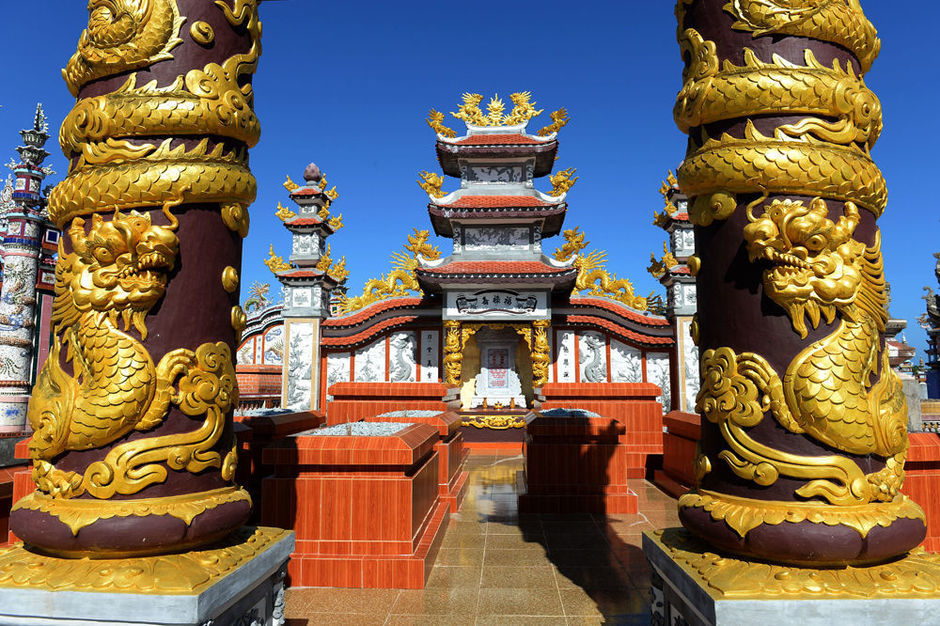
It is a mixture of different architectures such as Buddhism, Taoism, Catholicism, Vietnamese, Chinese and Western.
Many tombs are even copies of the tombs of the Nguyen kings and of the royal citadel of Hue!
Curiosity to see if you pass by there !
The beach of Thuan An
15 km from the city of Hue, the beach of Thuân An, “peaceful” in French, offers an ideal place to relax.
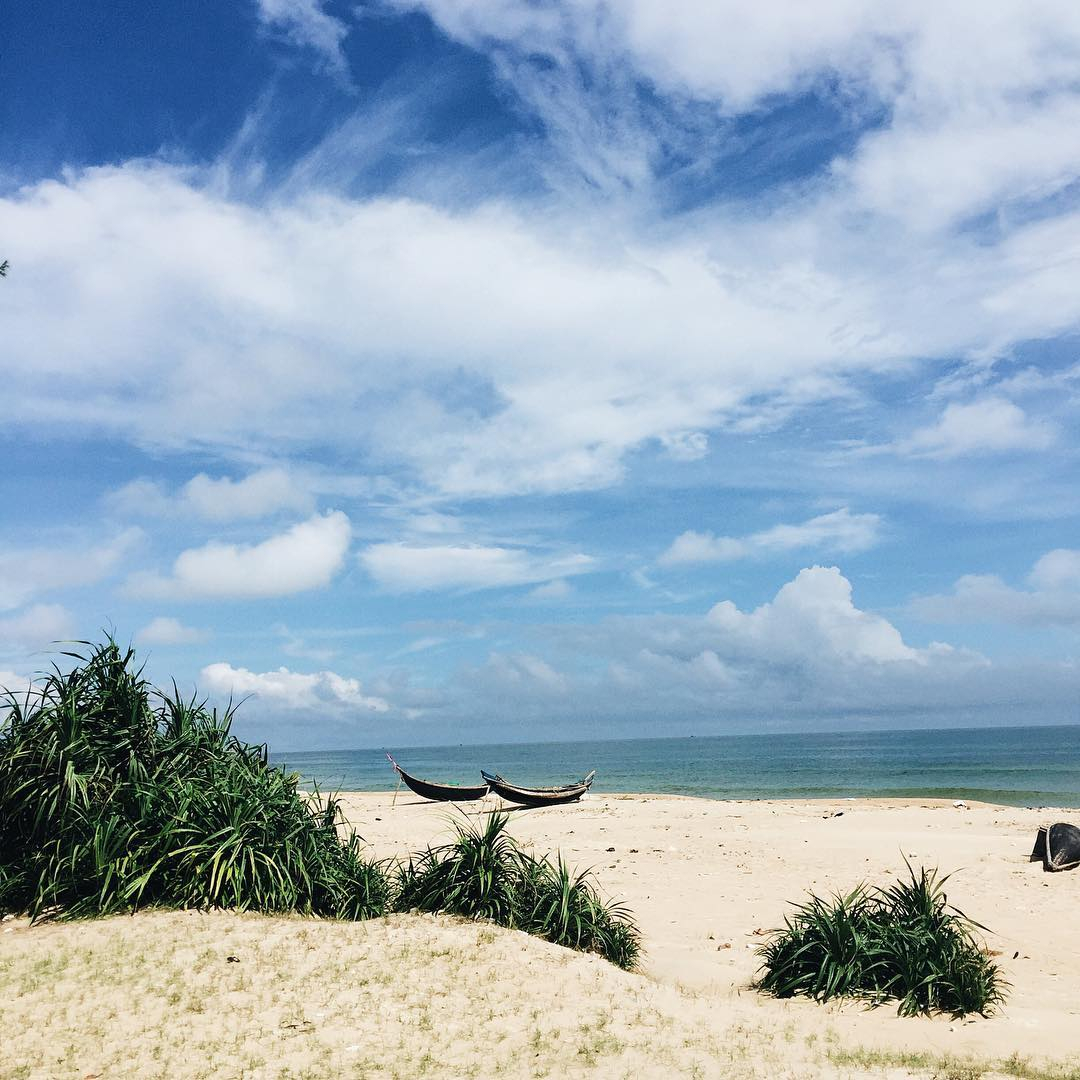
The beach is often frequented by locals who come for fresh air and swimming. It is a 12 km long beach, without any big infrastructure, with only a few seafood restaurants, a good place to relax far from the agitation.
When the wind rises the sea can be rough…
The beach is also a spiritual place where pilgrims go to pray at the Thai Duong temple, which is open to visitors who can discover the shrine of the god Whale, the animal-totem of the fishermen at sea.
The lagoon of Lang Co
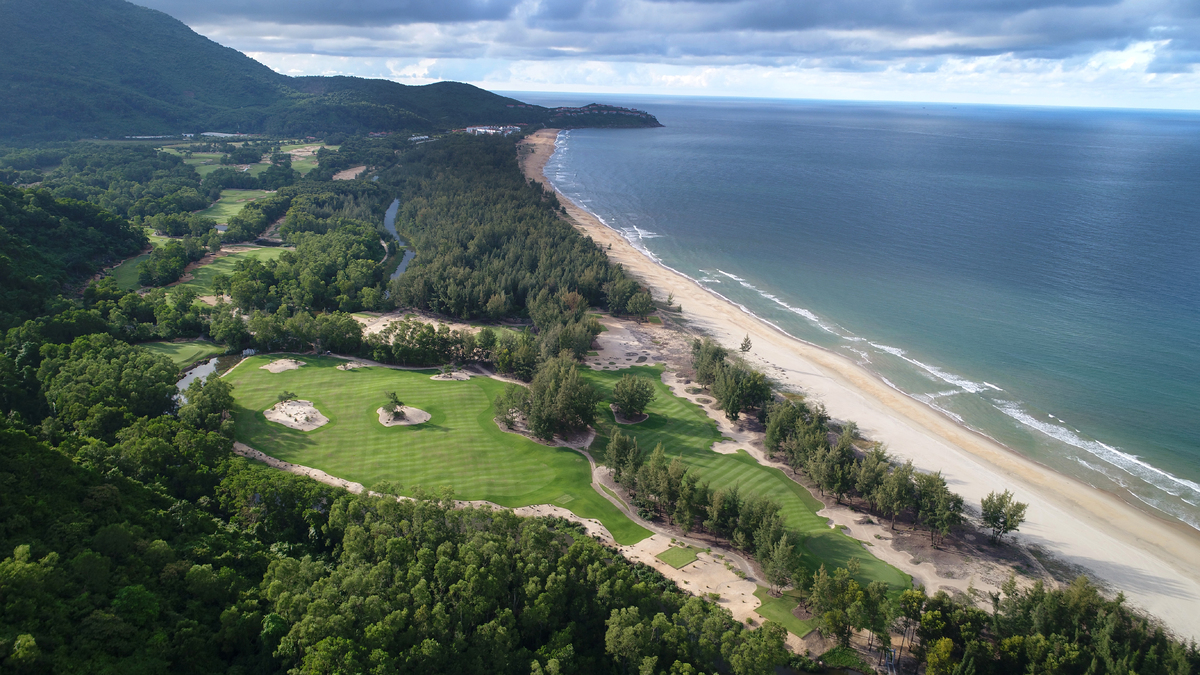
Halfway between Hue and Hoi An (70 km from Hue), this stretch of crystal clear water is renowned for its cleanliness and is home to many crabs, red mullets, groupers, shrimps…
Traditional fishing is done from a hut on stilts in a heavenly setting.
Note also the breeding of oysters or mussels, the spats are raised on recycled bicycle tires…
And for a refreshing dip in the water, the long beach of Lang Co, just before the Cloud Pass (Hai Van Pass) in the direction of Hoi An !



